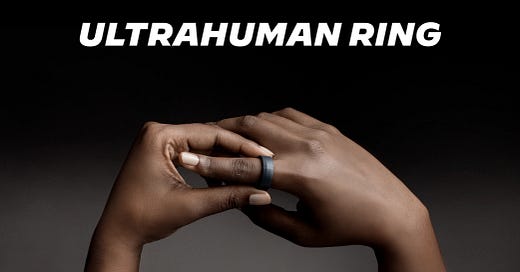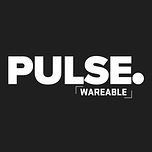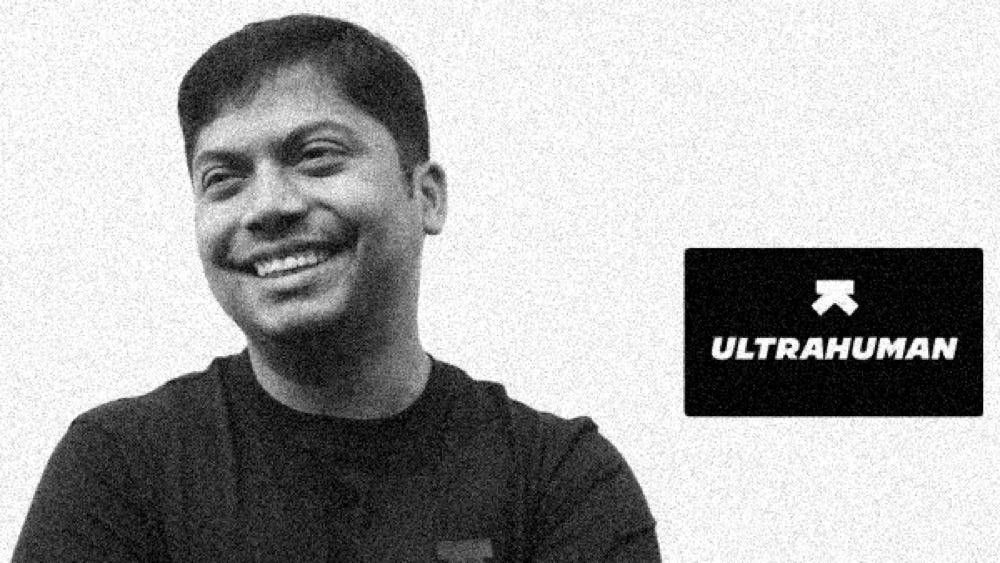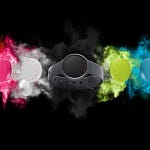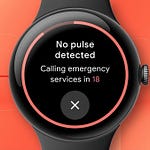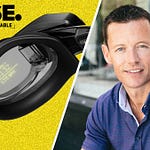With smart rings and sleep tracking insights now commonplace on wearables, we have more detail about how we rest than ever before.
But some companies are looking beyond how many minutes of sleep we get at night, instead focusing on how our sleep tallies with our natural rhythms and cycles.
Being out of sync with our circadian rhythms has been linked to a host of negative health outcomes – including sleep disorders and psychological problems such as depression. But wearables are well-placed to help us get back in sync.
Smart ring startup Ultrahuman is doing just that – and is weaving circadian rhythm analysis across its insights.
The Indian company has had an outsized impact on the smart ring market with the Ultrahuman Ring Air, its $299, subscription-free smart ring that offers some of the most interesting insights around.
PULSE by Wareable spoke to founder and CEO Mohit Kumar about his ideas surrounding circadian rhythm tracking and wearables - and how Ultrahuman is tackling this nascent data point.
In this episode:
The Philosophy Behind Circadian Rhythm Tracking:
The aim is to understand what drives positive health changes, especially energy levels. Increased energy can motivate individuals to improve their health.
Circadian rhythms are vital as they impact hormone regulation, mood, detoxification, and recovery.
Circadian Rhythm vs. Sleep Tracking:
Sleep tracking involves two main factors: the regularity of sleep times (which influences the circadian rhythm) and sufficient sleep volume.
Achieving the right rhythm ensures efficient sleep, but adequate volume is essential for detoxification, neural formation, and repair.
Ultrahuman’s Approach to Tracking:
Core layers of sleep tracking are established, followed by tracking markers like heart rate variability, temperature, motion, and SpO2 during sleep.
Understanding sleep in relation to the circadian clock involves analyzing wake-up times, temperature minima, and gaps to refine circadian rhythm insights.
Applications of Circadian Rhythms:
The upcoming ‘Jetlag’ power plug from Ultrahuman is designed to help users manage jet lag by providing tools for pre-travel adjustments and post-arrival adaptations.
Circadian rhythms are also leveraged to enhance weight loss strategies, as energy levels affect energy expenditure.
Why Wearables Haven’t Focused on Circadian Rhythms Until Now:
Traditionally, circadian rhythms were studied in extreme scenarios, like space travel, rather than for mild disruptions.
Older wearables were focused on daily tracking rather than sleep tracking, with accurate sleep markers being a recent development.
Future of Wearables:
The industry is moving towards observability, which involves mapping lifestyle data with clinical outcomes to provide a clearer picture of health direction.
Advances in AI will improve the ability to create observability layers that link health metrics with clinical outcomes.
Personalized Approach:
The trend is shifting from one-size-fits-all solutions to offering personalized, contextual advice.
UltraHuman plans to develop various “power plugs” over the next decade to address different needs, such as jet lag, cardiovascular risk, and weight loss.


